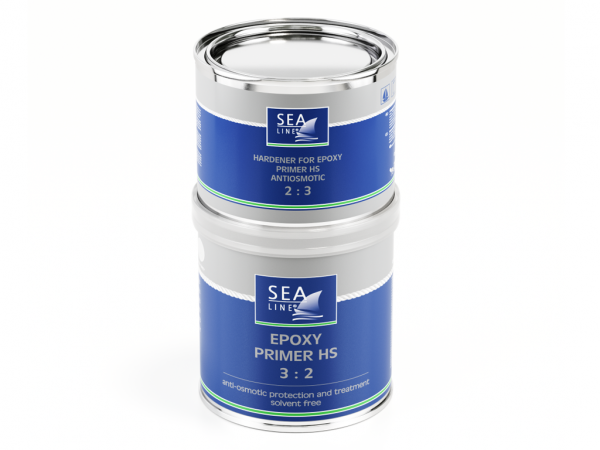
| Type de bateau | stratifié, lamineux, GFK |
| Endroit | Au dessous et au dessus de la ligne de flottaison |
| Function | protection anti-osmose osmose réparation |
| Application | Pinceau, rouleau, projection |
| Dilution | Oui – dilutif pour les systèmes époxydiques |
| Rendement théorétique pour 1l | 6-7 m2 pour 150μm WFT/150 μm DFT |
| Nombre de couches | 1 – 4 |
| Temps de travail 20°C | 45 minutes |
| Temps entre les couches Sans la nécessité de ponçage | Min 8h Max 72 h |
| Couleur | gris |
| Emballage | codes |
| 0,75l – 7,5l – | 5075 5149 |
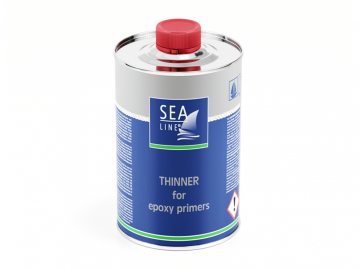
Dilutif epoxyde est un mélange de dilutifs organiques choisis.Ce produit est destiné à être utilisé avec Primaire époxydique et assure […]
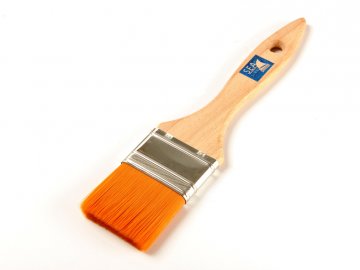
PINCEAU PROFESSIONAL SEA-LINE® PINCEAU SEA-LINE® ROULEAU SEA-LINE® CUVETTE SEA-LINE® MÉLANGEUR POUR LES PEINTURES SEA-LINE® GODETS DE MELANGE EN PLASTIQUE SEA-LINE® PASSOIRE EN […]
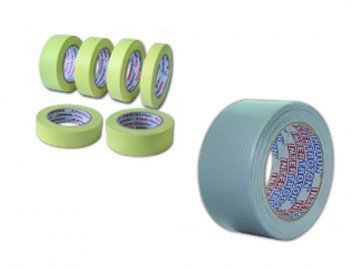
RUBAN SILVER RUBAN RUBAN une adhérence parfaite aux matières plastiques et les métaux. Supprort : papier à crêpage, colle : […]
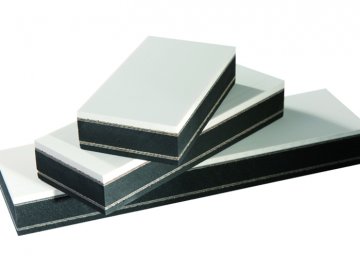
CALE A PONCER EN LIEGE BLOCK A PONCER AVEC INTERFACE EN MOUSSE CALE A PONCER EN PLASTIQUE FEUILLE DE PROTECTION […]
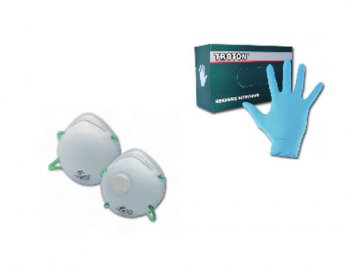
Protéger le système respiratoire Gants en nitrile jetables « MASTER » Gants en nitrile jetables Vêtements de protection Vêtements de protection Coller […]

Dilutif epoxyde est un mélange de dilutifs organiques choisis.Ce produit est destiné à être utilisé avec Primaire époxydique et assure […]

PINCEAU PROFESSIONAL SEA-LINE® PINCEAU SEA-LINE® ROULEAU SEA-LINE® CUVETTE SEA-LINE® MÉLANGEUR POUR LES PEINTURES SEA-LINE® GODETS DE MELANGE EN PLASTIQUE SEA-LINE® PASSOIRE EN […]
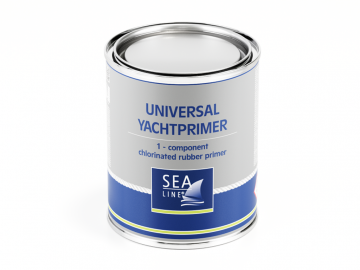
1-component chlorinated rubber primer Recommended above and under the water line It can be use on GRP, steel and wood […]

CALE A PONCER EN LIEGE BLOCK A PONCER AVEC INTERFACE EN MOUSSE CALE A PONCER EN PLASTIQUE FEUILLE DE PROTECTION […]
Do not add more hardener, because after the base has cured, the remaining hardener will react with subsequent layers, which will be applied to the surface and cause defects. For the product to work properly, please follow the proportions given by the manufacturer.

Le produit destiné au remplissage des lacunes et à la liquidation des inégalités résultant des dommages ou des inégalités qui […]

La protection de la surface du bateau contre l’influence destructrice de l’osmose et de la corrosion dans des conditions difficiles

La protection contre l’eau et contre l’influence néfaste des rayons UV

La protection du fond du bateau contre l’encrassement par les algues et contre les coquillages. La protection contre l’eau

Une élimination efficace des fissures, le rafraîchissement de la couleur et du brillant du gel coat ou du vernis

Préparations spéciales pour le nettoyage et la remise en vigueur

Laminage, collage et de remplissage des fissures dans gelcoat

Beaucoup de produits utiles pour les travaux de construction d’un bateau